
Curlew Sandpiper
Calidris ferruginea



Calidris ferruginea


The curlew sandpiper is a graceful visitor to New Zealand's shores, making its way from Arctic breeding grounds each year. About the size of a blackbird, this elegant wader stands out with its distinctive down-curved bill and long legs. Its seasonal transformation from drab grey to vibrant rusty-red plumage makes it a favorite among birdwatchers.
1. Long, slightly down-curved bill, distinguishing it from other small waders
2. White eyebrow stripe and clean white rump visible in flight
3. Elegant, long-legged appearance with a slender neck
Curlew sandpipers are long-distance migrants, breeding in Siberia and visiting New Zealand during our summer. They're social birds, often seen in flocks with other waders. While they don't breed here, their journey to New Zealand is a crucial part of their life cycle. Climate change and habitat loss along their migration route pose significant threats to their population.
Look for curlew sandpipers in coastal areas around New Zealand, particularly on mudflats and sandy beaches. They're most active during daylight hours, especially at low tide when feeding opportunities are best. Hotspots include Farewell Spit, Lake Ellesmere, and Miranda in the Firth of Thames. Watch for their graceful, purposeful walking as they probe the mud for food. Tip: Scan mixed flocks of waders carefully – curlew sandpipers often mingle with other species.
Curlew sandpipers have been regular summer visitors to New Zealand for centuries, playing a part in the annual rhythm of coastal ecosystems. While not deeply embedded in Māori culture like some native birds, their predictable arrival marks the changing seasons and contributes to the rich tapestry of New Zealand's birdlife.
19 cm
60 g
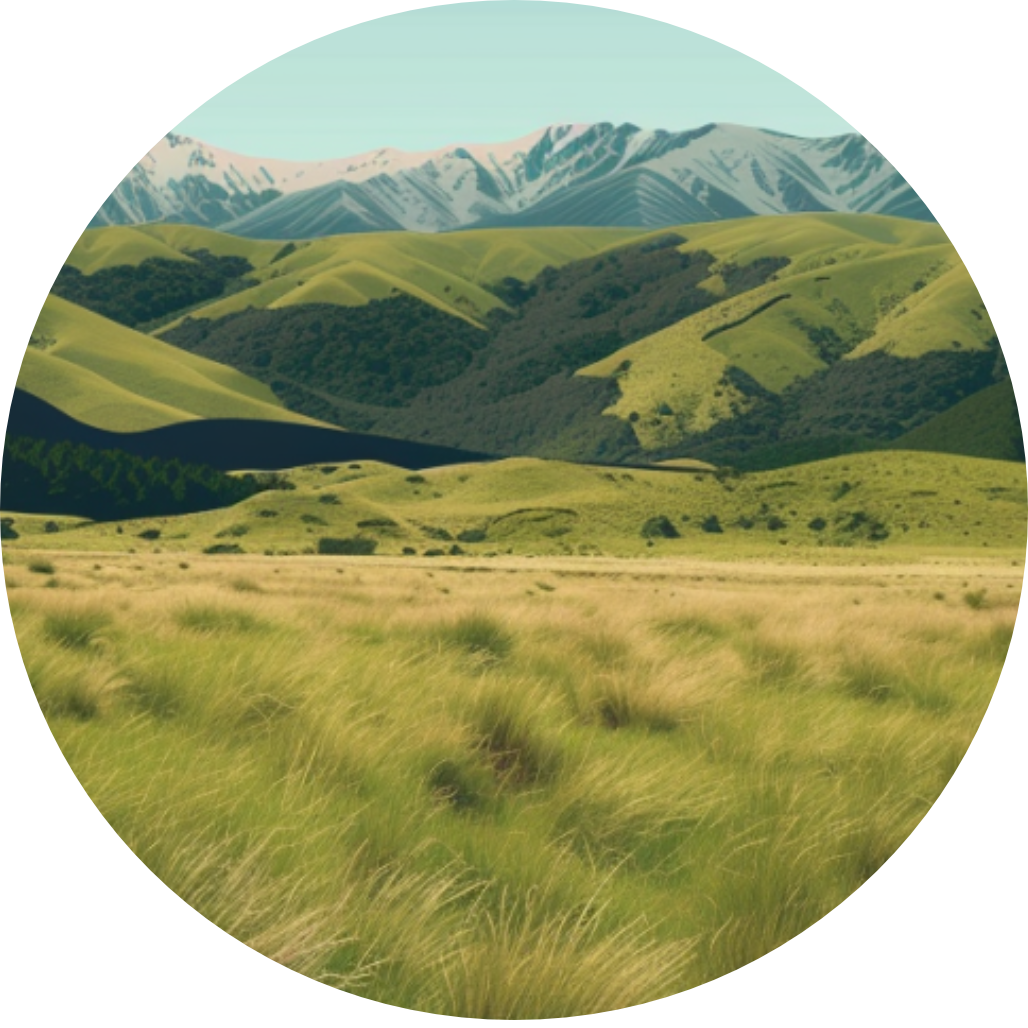
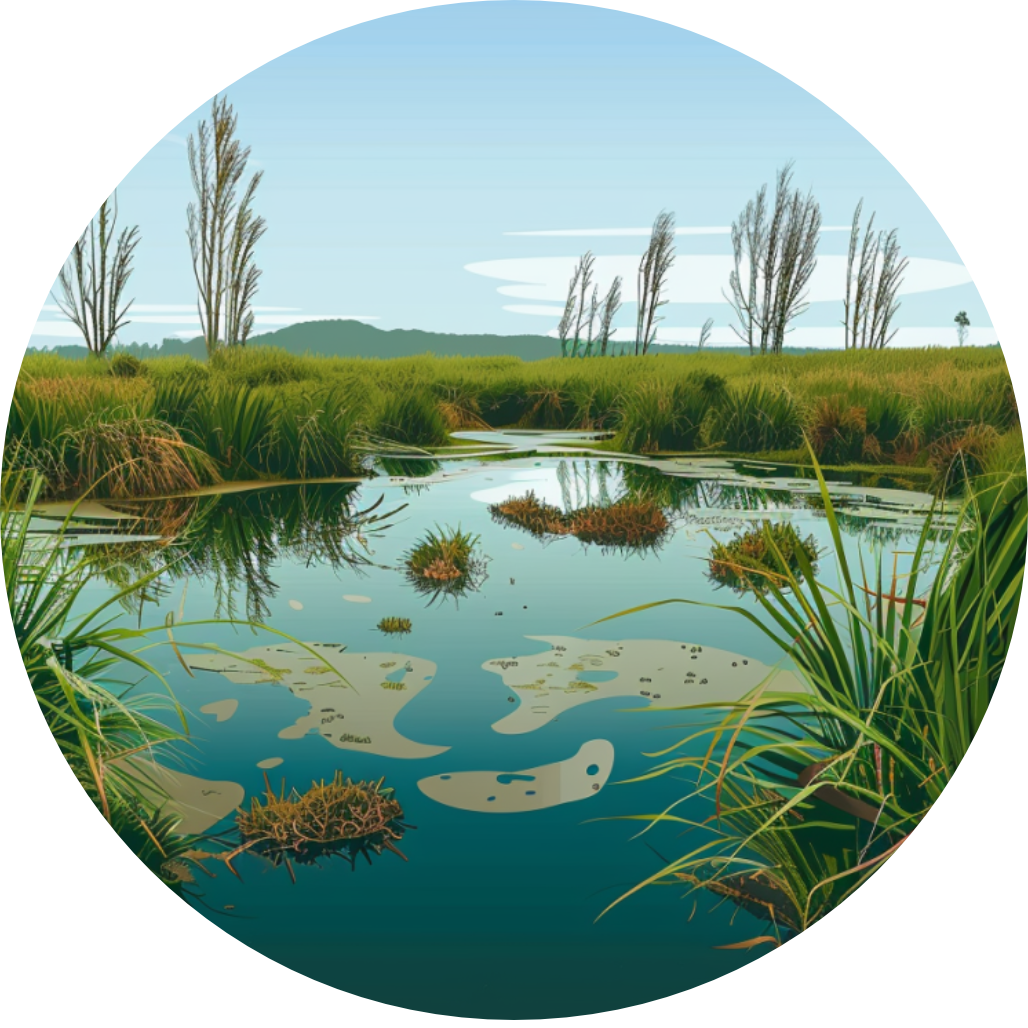
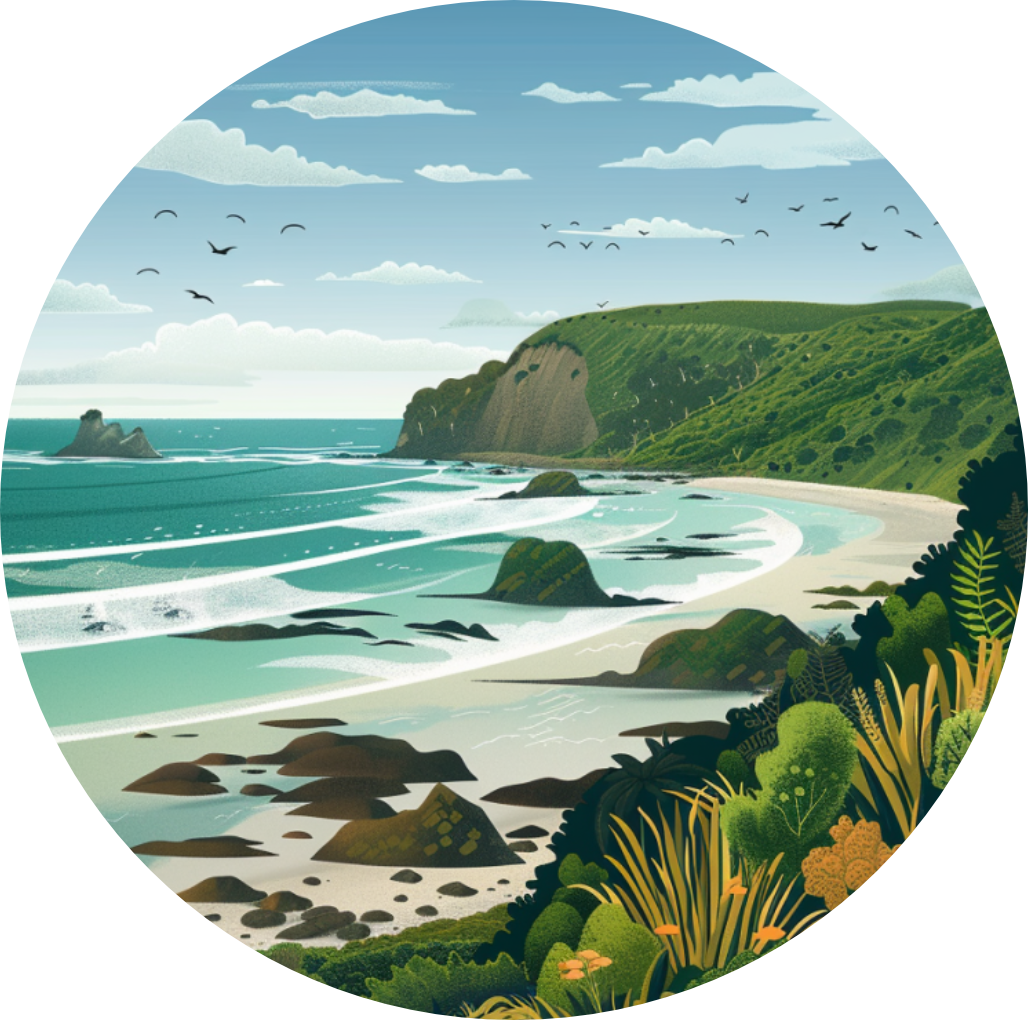
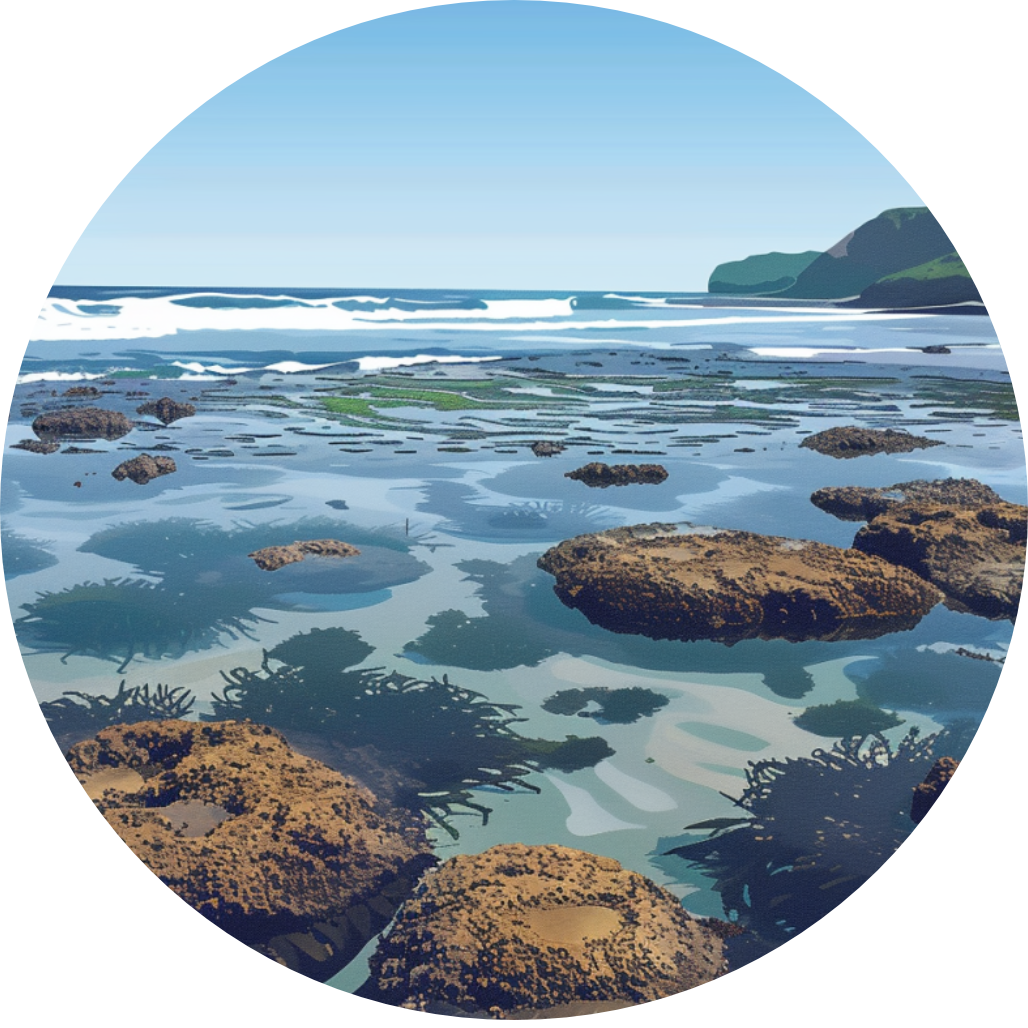
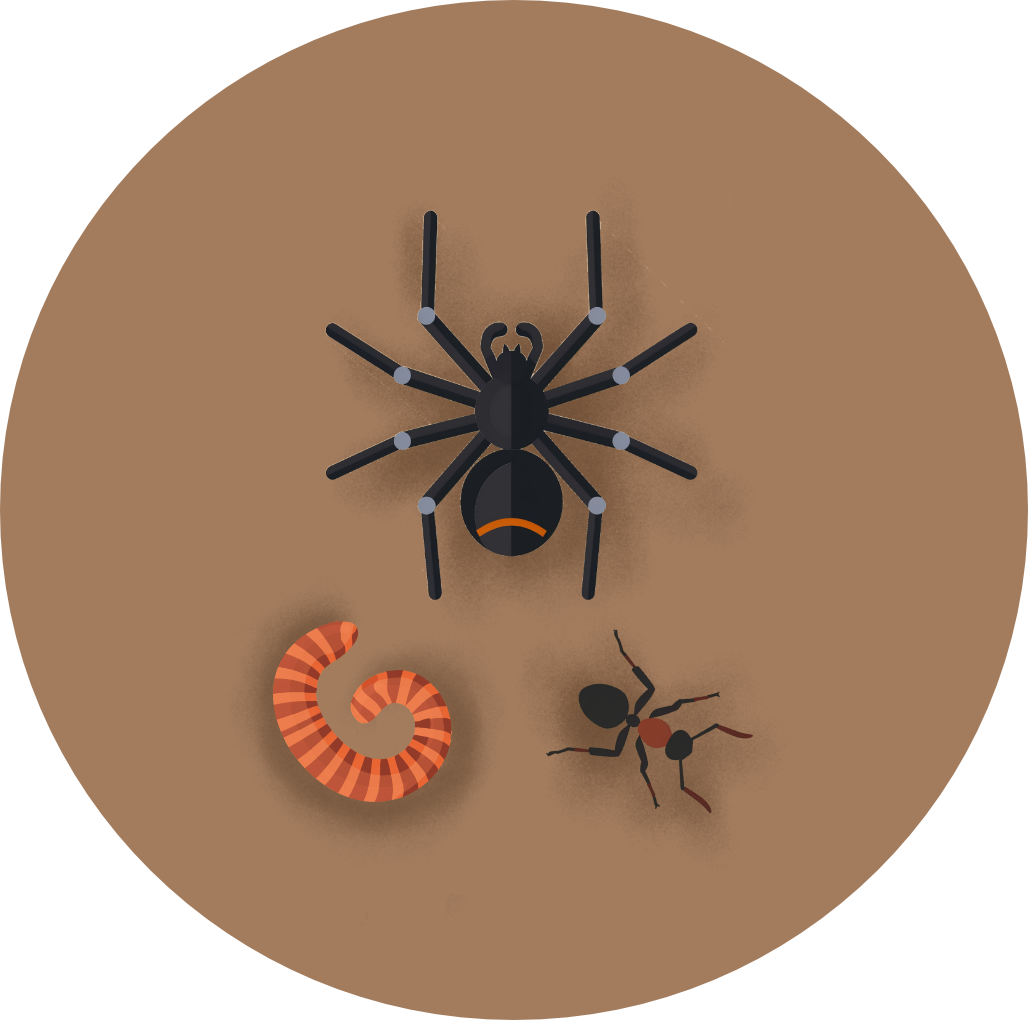

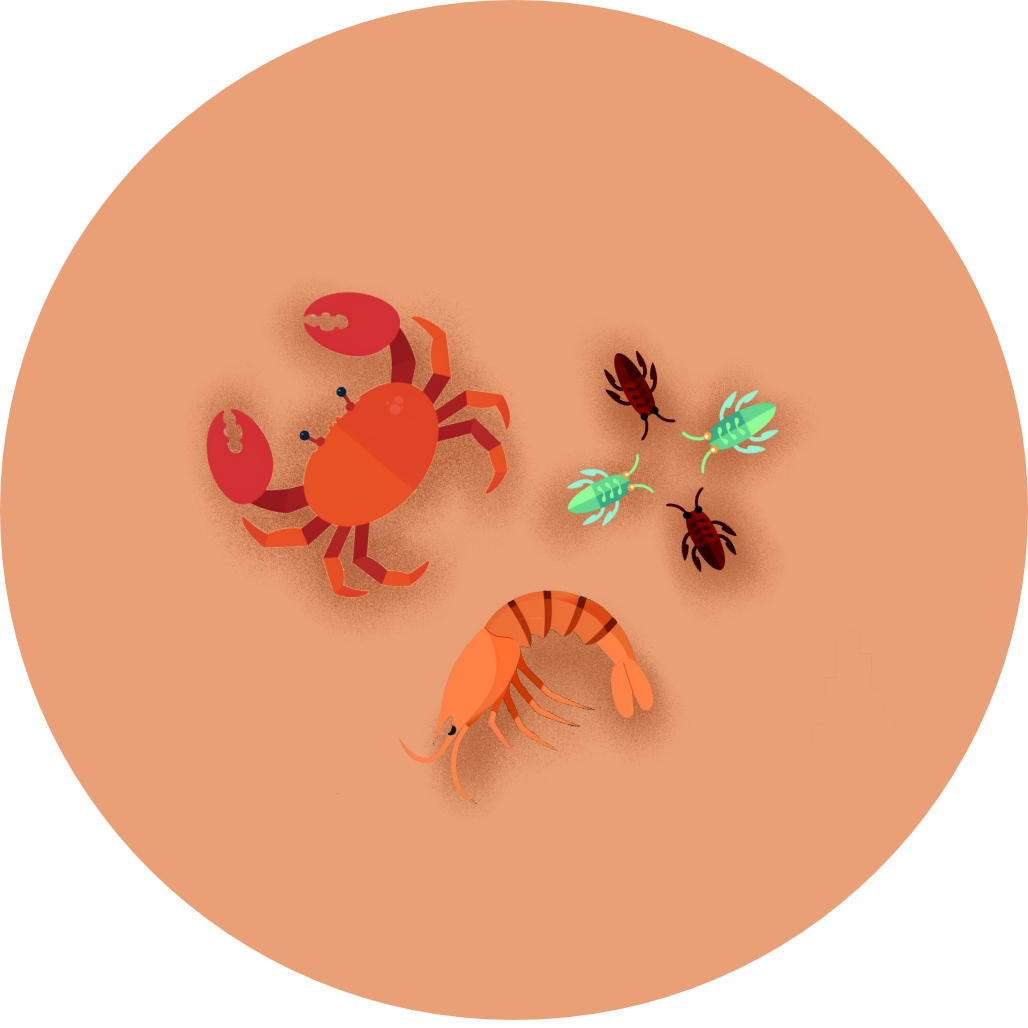
Coming Soon!
Top birding locations will be available in a future update.